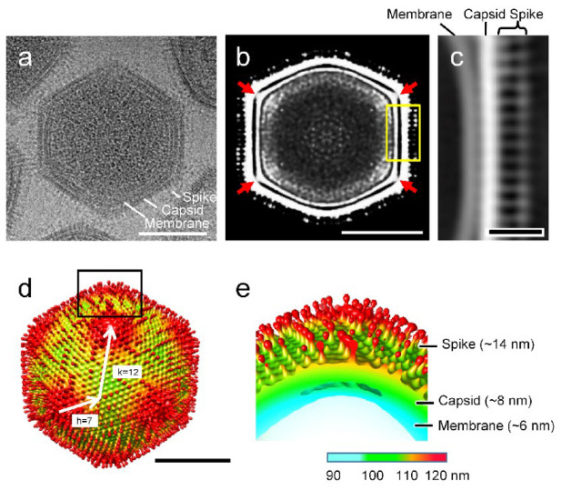
A possible deposit of fossils of animals and plants killed by the meteorite that wiped out dinosaurs
An article to be published in the journal “Proceedings of the National Academy of Sciences” reports the discovery of a fossil deposit in North Dakota, USA, which contains the remains of animals and plants that died as a direct consequence of the impact of a large meteorite that about 66 million years ago it caused the mass extinction that wiped out dinosaurs. A team of researchers led by Robert DePalma of the University of Kansas examined the site, which was named Tanis, finding what they consider evidence of the direct connection to the impact, the extremely strong earthquake that followed it with tsunamis and a debris rain.





